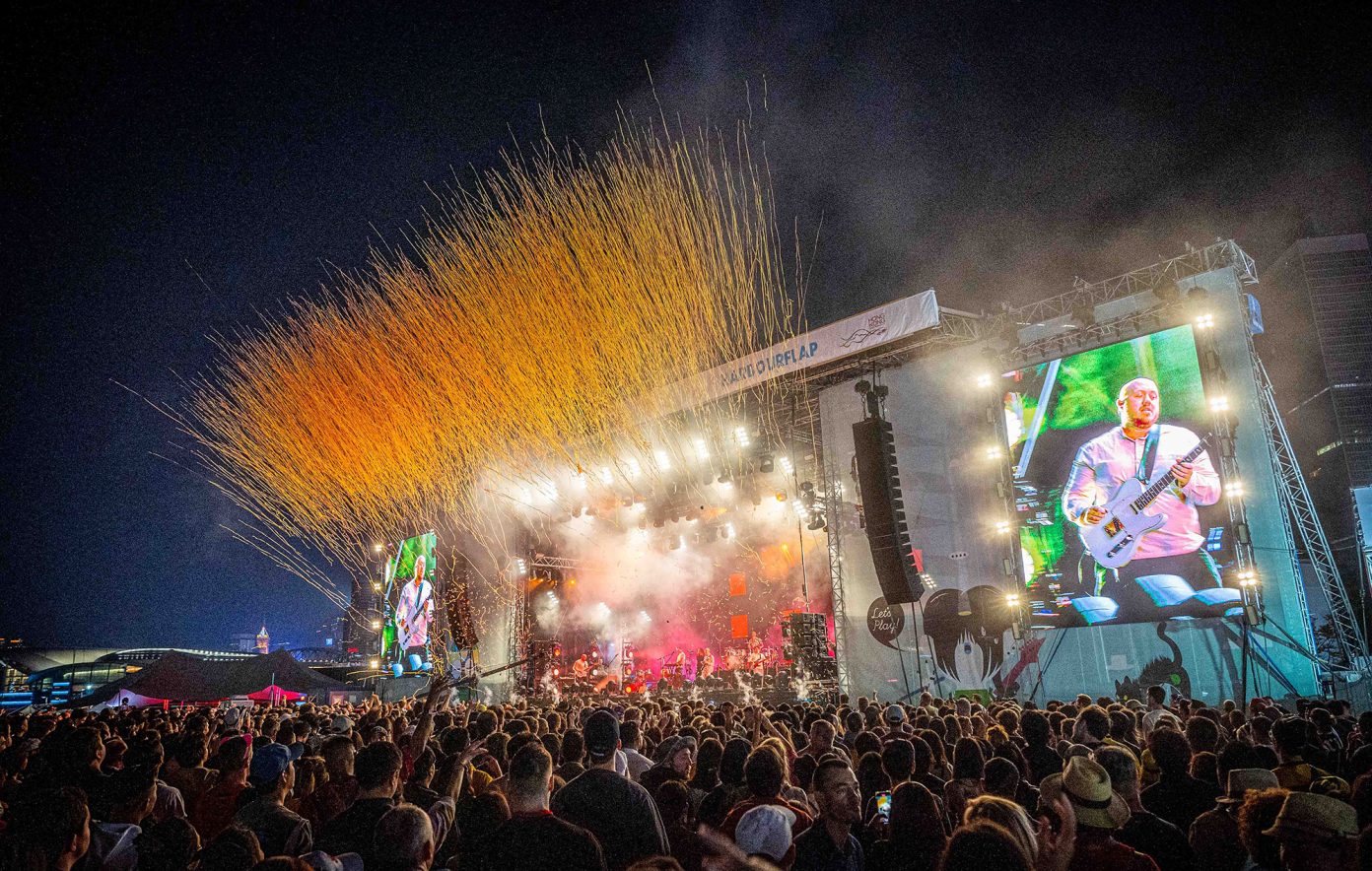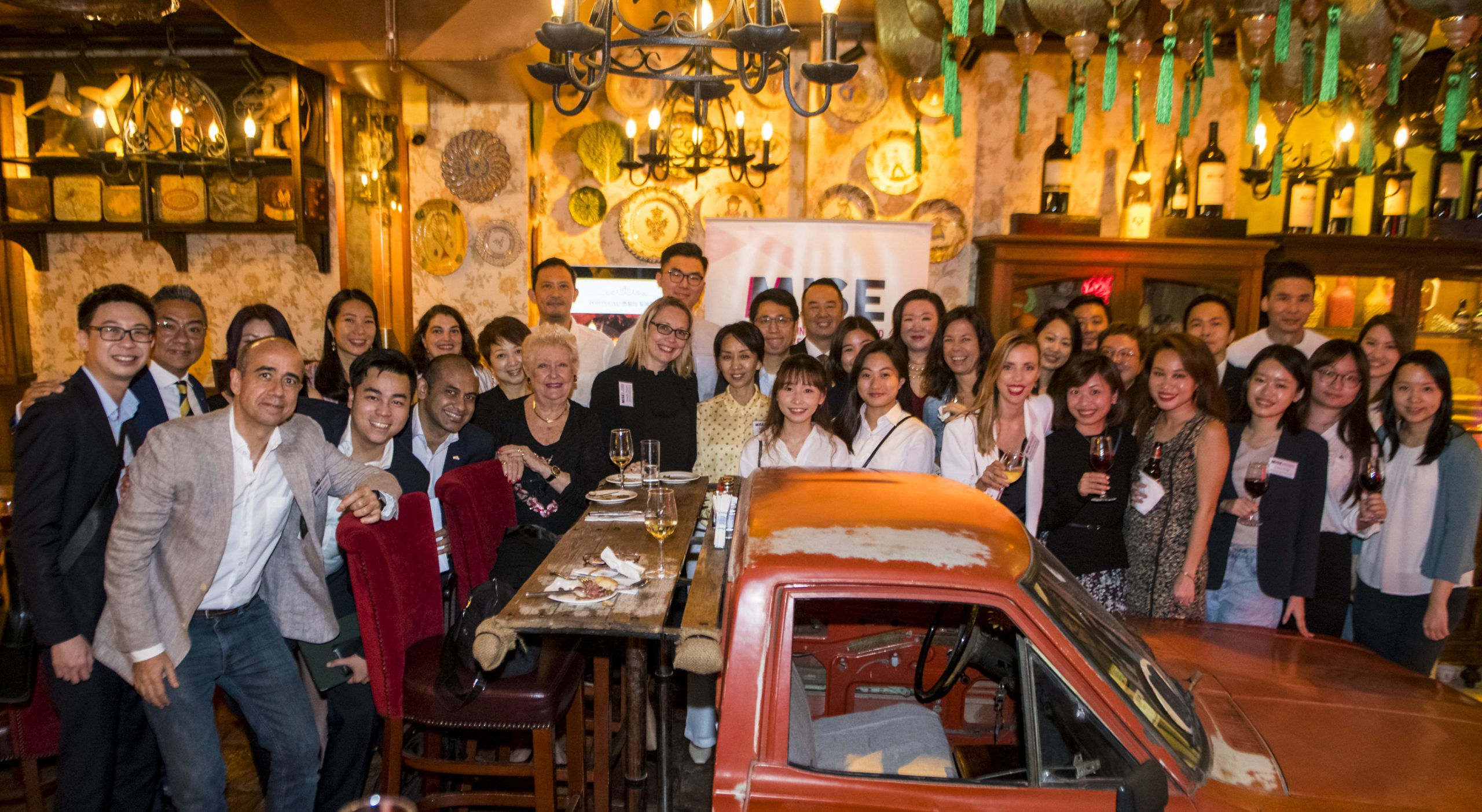We live in a world where technology is always at our fingertips. Where a combination of smartphones, apps and tablets are designed around the idea of making life easier and getting us through a variety of tasks faster and more efficiently. The meetings and events industry is no different. And now, more so than ever, technology has come to play a big part in helping an event run smoothly, or simply enhancing one.
Just as today’s social apps and devices are designed to make our everyday lives easier, meeting and event planners are finding that the evolution of technology has made it easier to plan, organise and run events.
Summing this idea up in their white paper “Technology at the Core: 7 Tech Trends that have changed Brand Experiences,” global brand-experience agency Jack Morton states: “The best technology solutions are invisible. They add value and aren’t disruptive. They use the right technology for the right audience. And above all, they avoid using technology for the sake of it.”
This encompasses the manner in which event planners are using technology today. Through a combination of apps, virtual-meeting software and new developments, event organisers can use technology to “integrate exponentially into what the digital atmosphere offers,” says Neil Nand, head of technology, Greater China at Imagination. “The fine line here is employing the right selection of features that are appropriately aligned to the type of meeting.” This means using technology not just to make an event smoother, but using it to enhance the information collected and the key insights derived from that information.
One such way is through data collection. As vice president, senior creative director Dan Carter of Jack Morton Worldwide China, adds, “Technology has helped us streamline events and made it easier to collect data, payment and information from attendees.”
For Rob Vass, communications director at Turning Point Solutions, technology is important because it streamlines otherwise tedious processes, such as registration for delegates. “In many of our events, we use programmes for online registration such as etouches (etouches.com) and RegOnline (regonline.com) web-based services that offer free event management solutions.” They also work with crowdcomms (crowdcomms.com) who offer a range of technology from silent-auction systems to audience-response systems which they can implement globally. On-site, Vass’s company also uses scanners so that delegates can do self-registration and so bypass the need to queue.
Apps
Today there is no shortage of apps that can mark events in a calendar, set up reminders, or allow users to share information via chat groups or forums. In this way, apps make life easier for the event planner by removing minute or tedious tasks on which they once had to focus. “[Apps] can now automate many of the mundane tasks and remove much of the overheads that come with organising any type of meeting or event,” notes Nand.
“With these apps, anyone has the ability to freely organise feature-rich professional events, commercially or socially, all at their fingertips. Technology has immersed itself into daily life and events are no exception. Many of these pre-existing applications offer so much and are free, or come at minimal cost, that common sense prevails and clients and anyone else involved now happily embrace them.”
At Jack Morton’s, an in-house digital team prepares such apps for clients to use. “We develop our own digital technology so that attendees can use it to register, and look through speaker bios and events. We can also send push notifications and alerts for events happening during the meeting,” says Carter. “These apps replace traditional conference elements with what we sometimes call a ‘digital concierge’. Instead of an on-site producer, we now have someone behind the scenes.” With apps such as these though, Carter cautions against them from being ‘too cool.’ “You don’t want to take away from the actual event. We call this second-screen interaction.”
Carter’s colleague, associate creative director Andrew Zipparo adds, “With mobile apps you can also get attendees to foster a community post event. The app can be designed to allow for virtual business card trades (and which can then be moved to email) and also for clients to send post-events information; for example, letting everyone know when the next one is to be held.”
Hotels are also releasing innovative apps for meeting planners and attendees. Grand Hyatt Macau, for instance, recently introduced the Events App that enables organisers and delegates to access their daily agendas, review organiser, speaker and exhibitor profiles, and study frequently asked questions and answers. Available for iOS and Android devices, the app also has detailed venue floor plans and map directions to help delegates find their way around the hotel.
“The Events App is another way that we strive to bring added convenience and finesse for hosting successful meetings and events at Grand Hyatt Macau,” says Paul Kwok, the hotel’s general manager. “Highly functional, convenient and fun – you’ll want this latest-tech tool at your next event.”
For organisers, the app allows them to manage live delegate polling of each session and receive real-time graph results, as well as having the option of conducting a post-event survey. Attendees can view event photos, video content and uploaded documents, and interact via private inbox messaging and social media.
Virtual Meetings
A popular technology tool to use when participants are unable to attend in person, virtual meetings have begun to play a fundamental role in global business.
“Whether they are held between global offices or international clients, virtual meetings are common practice,” says Nand, who lists free software such as Skype, Facetime and Google Hangouts as popular choices. “These are relatively free and allow for immediate
ad-hoc meetings, without the need to step away from your desk or deckchair, wherever you may be. Features include video conferencing and shared workspaces.” He cites premium virtual-conferencing software, which offers higher security protocols and other features, such as Cisco’s WebEx, as the main rival to these “free-mium” options.
Vass believes that virtual meetings can be a great tool, though one entirely dependent on the type of programmes clients want to run. “For some event profiles they are great. Generally they are most useful when you have facilitated satellite events with a high level of participation.”
If meetings are a regular exercise and participants are dispersed globally, it can be a costly and logistical nightmare to get them all together into one place every time. “Engaging in virtual meetings opens up the floor to more participants, spectators and various tiers of collaboration,” adds Vass. ”These include real-time social media integration (such as Twitter hash-tag feeds), and post-event activities.”
Today it’s even possible to hold an entire event online. At Jack Morton’s, the team uses a proprietary tool that can create a 3D model of a convention centre which they then digitally brand according to client needs. “The digital convention centre lets delegates watch videos of speakers or take part in conversations in chat rooms,” says Carter. Nevertheless, he notes it is never as engaging as an actual meeting and the cost of doing one properly is not always worth it. “Until creating a virtual event is more budget-friendly, it sometimes makes more sense just to fly delegates in to one location.”
Nand believes the industry will eventually reach a point where virtual meetings are much more viable, if only for its ability to track participants in ways that real meetings can’t. “In order to successfully conduct a virtual meeting, we as participants channel our discussions through technology. Technology has the ability to be measured and allows us to track any activity passing through it. For example, advancements that exist now include note-taking and collaboration capabilities. In the future we can expect psychological factors to be integrated that judge our participation level, stabilise aggression and enhance stimulation.” He believes another future possibility is real-time subtitling or voice-conversion translation. “This very large limitation will diminish and the world will see the next level of global business.”
Evolving Technology
While some forms of technology have previously found success in large-scale events, they are now being adapted to work in more intimate settings. One such tool, according to Carter, is Interactive Projection. “[Interactive Projection] basically refers to anything that isn’t touch-screen, be it through motion detection or heat sensors,” he explains, stating this technology has been used successfully in the past for wall exhibits that allowed attendees to move or open information boxes. “Now we can use this technology for as small a group as 10 people sitting around a table.” To Carter, what is important about such technology is its ability to “gamify” information and make it fun. “The more playful a way to find information, the more successful it will be.”
Another technology quickly becoming popular, especially in Asia is QR [“quick response”] codes, says Zipparo, “They are really popular in Asia, particularly in China where WeChat is so prevalent. WeChat has a very useful QR code reader built into it, which makes it easy for its user to scan information or other user’s profiles. It’s good for sharing content and collecting data.” Any digital tool can be useful in tracking what people are interested in, from simply “liking” a page to motion sensors that detect eye movement. This can be useful for future events and planning. Something useful when creating events to best suit delegates.
Another growing area is the social space, which can also be used towards events. Nand cites online communities that are growing in interest. “Meet-up is a social platform allowing subculture communities to create events with a heavy integration to Facebook. Bizzabo is similar, but targets larger-scale events and focuses on professionals. During the event, users can view other attendees’ LinkedIn profiles to “connect”, privately message and organise smaller scale face-to-face meetings. These features will continue to mature in line to available infrastructure and communities; with beta features already available pushing these limits.”
Not going anywhere
Most meetings planners are in agreement that technology has indeed made their jobs easier and more efficient. Despite this, there is still a cautious sentiment regarding its use. “It streamlines the process of organisation, but it definitely removes the human touch related to events,” Nand concedes.
Nevertheless, technology is clearly here to stay and can only evolve further into more quality digital experiences. Says Nand: “There is so much technology available to us today, that we can not only make the experience of the user easier, but richer and more enjoyable. Meetings and exhibitions can become dull or mundane, but with the right combination or tech and cleverness, the participant will be able to walk out enriched and empowered.”


